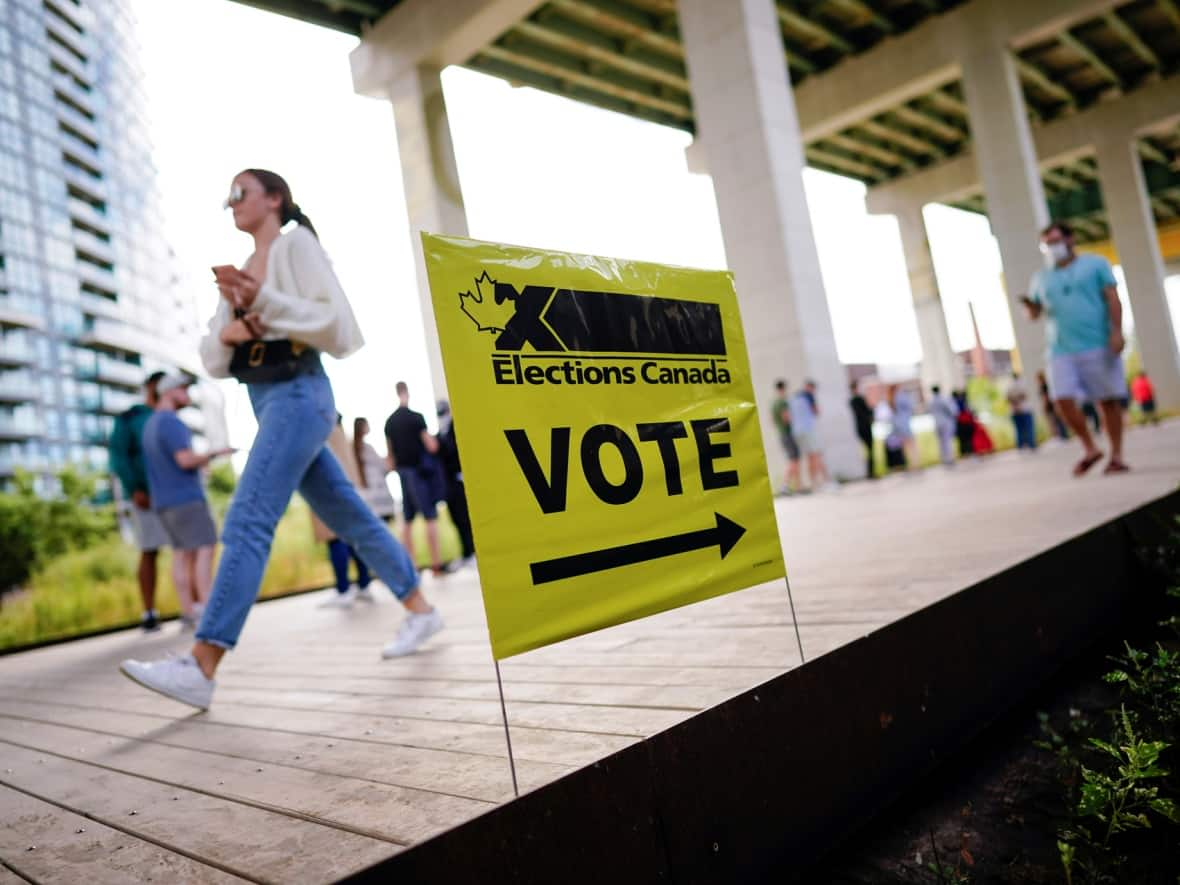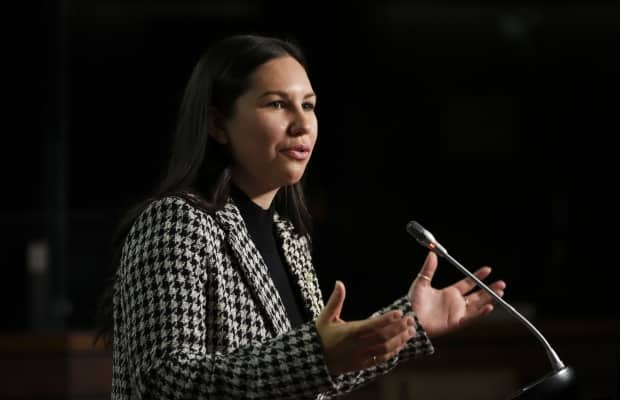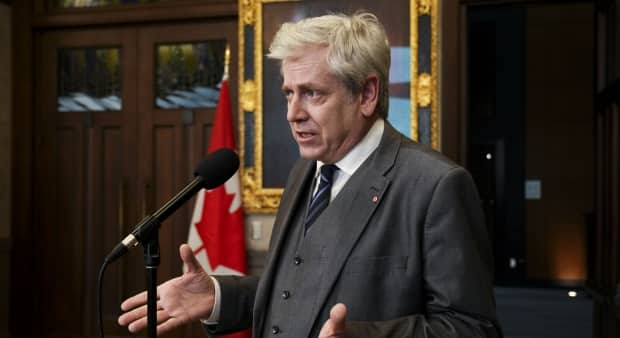Canada's federal riding map is about to change — and even small shifts could have big impacts

The next federal election in Canada likely will be fought on a new political battlefield, now that a process to reshape electoral ridings is entering its final stages.
The House of Commons is expanding to 343 seats. Five new ridings are being added to keep pace with Canada's growing population.
Those five new seats — three in Alberta, one in B.C., one in Ontario — could by themselves play a role in determining who wins the next election.
But according to Michael Pal, a University of Ottawa professor and expert on electoral law, thousands of other, smaller changes to federal ridings could also help shape Canada's political future.
"A lot of ridings are very close, you know, and if you move an apartment building out that has a lot of voters that tend to vote in one direction, that can have a big impact" on who wins a seat, he told CBC's The House.
The process of altering the boundaries of federal ridings is in its final stages. A parliamentary committee is now reviewing draft maps from across the country before the final lines are drawn.
In a tight general election race, Pal, said, the coming changes could add up to big consequences.
"It has an impact," Pal said. "I mean, it's nothing like people's views on health care or the economy, or whether they think the incumbent government is doing a good job, which party leader they like ... It's more if the election happens to be close on all those other factors, then it comes down to one or two or three ridings."
The boundary changes are decided by independent commissions in each province, chaired by judges and made up of experts like political scientists. They have a mandate to draw the riding boundaries so that ridings all have roughly the same population numbers.
They're also expected to consider other factors — like the history of the riding, cultural or economic ties between communities, the size of ridings and the impact of boundary changes on Indigenous representation.
The commissions also gather feedback from the public and MPs, and several drafts of a riding map are considered before a new map is finalized. The Commons committee on procedure and House affairs is holding meetings to formally hear objections from MPs displeased by changes to their ridings.
Committee consideration is one of the last steps before a new riding map is finalized. The new riding maps will be used in the next election, as long as that campaign takes place seven months after the new maps are in place.
The fight against partisan gerrymandering
The redrawing process is inherently political, Pal said, but the role of partisanship is kept to a minimum.
"When the commissions draw the lines, they are not supposed to, in any way, shape or form, take into account what the partisan outcomes are going to be," he said.
That's a stark contrast to some parts of the United States, he said, where partisanship can tilt the playing field through gerrymandering.
"Both political parties do it, Democrats and Republicans," Pal said. "Politicians draw the boundaries. In a way, they manipulate them so that they get the outcome they want, which is getting re-elected."
Reforms in the 1960s helped to do away with partisan gerrymandering in Canada. But the process can still have big consequences for partisans.
Rural regions concerned about representation, services
Bloc Québécois MP Kristina Michaud, who represents Avignon-La Mitis-Matane-Matapédia in eastern Quebec, is making a final pitch next week to save her riding from being divided up entirely among its neighbours.
Michaud said having fewer, bigger ridings in eastern Quebec makes representation more difficult and less effective.
She said she's also uncertain about her own political future. With her riding set to disappear, she has to make decisions about where — or whether — to run again.
"It's a lot of questions for me. What am I going to do? Am I going to run in my riding? Is my riding going to stay?" Michaud said, adding her focus now is on overturning the proposed riding change.
"It's a lot of uncertainty for me and for my team as well. They don't know what will happen and they're afraid of what's going to happen."

The NDP's Charlie Angus, MP for Timmins-James Bay in northern Ontario, said he's also worried about the quality of representation and access to government services for his constituents.
The changes to his riding amount to shifts of hundreds of square kilometres that would see Timmins-James Bay drop some communities and take in new ones Angus has never represented. He said he is especially worried because northern Ontario is poised to lose one of its ten ridings.
But he argued the problem of redistribution in his region is endemic.
"The issue in northern Ontario is always that we have to prove our right to maintain the representation we have. It always starts from the fundamental principle that we are somehow over-represented because our population numbers are compared with the urban south," Angus said.

"I recognize that this is never an easy process. But in the three processes I've been through, they've always been very traumatic for northern Ontario," he added, citing what he called "arbitrary" riding redrafts.
In its report, the Ontario electoral riding commission argues the changes in the province's north maintain ridings of a manageable size while supporting Indigenous representation and cultural and transportation connections in the region.
An evolving map
But while the concerns of MPs and the public are not always fully incorporated into redrawn maps, public pressure can sometimes sway a riding commission as the map evolves through multiple drafts.
Scarborough, in Toronto's east end, was set to lose one of its six ridings. But pushback from MPs, residents and community groups like the Scarborough Civic Action Network (SCAN) helped to reverse that change.
"It feels definitely like a win for Scarborough," said Camilla Singh, a coordinator with SCAN. She said the commission accepted their argument that Scarborough has a unique cultural identity and felt "very underrepresented and often ignored" when it came to political representation.
But the redistribution process can be a zero-sum game. While Scarborough has been successful, the changes to the riding map have eliminated the current riding of Don Valley East.
Pal said that, despite some flaws and troubles, the Canadian process is generally well-designed. He recommended changes to make the public consultation process more effective, and to clarify how commissions think about cultural and economic ties between communities.
But "you can never please everybody," he added.
Pal said that while the redistribution process can be "obscure," it's important and deserves voters' attention.
"Sometimes we like to roll on without having to worry about it too much, and that's a good thing," he said.
"But there's still ways we need to improve it, because elections don't work properly unless electoral districts are designed in the right way."


